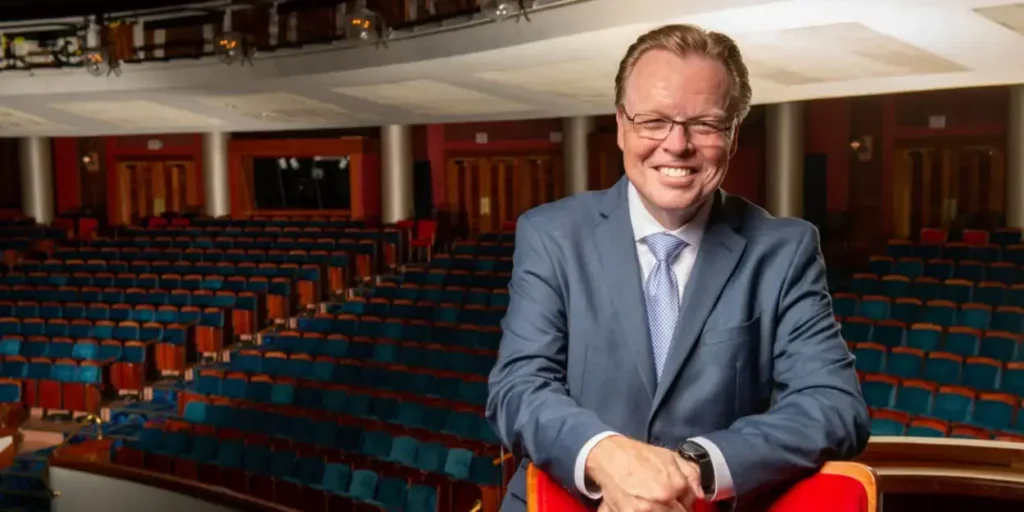 By Bill Hirschman
By Bill Hirschman
Culture. Community. Cooperation. Often just platitudes and hollow promotional cliches. But not here.
From Hamilton to world-famed orchestras, from ballet companies to driving jazz combos. Performers pointedly reflecting the entire ethnic array of artistry.
From programs serving 3.5 million youngsters to regenerating aging venues, to $60 million fund-raising enabling dreamed expansions.
All concrete proof of an unprecedentedly smooth integration of those aforementioned elements into the region’s DNA, embodied in the glass-fronted complex at the bend of the New River, the Broward Center for the Performing Arts
And at the vortex of those challenging flows is Kelley Shanley, CEO, president and former general manager who steps down this month after 25 years.
Exuding a genial smile and encouraging reliability, he quickly acknowledges the essential collaboration of social leaders, educators, corporate officials and his own hard-working staffers. But Shanley is the one whom those same people credit as the integral source of vision and energy and leadership – again, cliches that they say he embodies in the flesh and measurable accomplishment.
”His ability to go and be present in so many levels of our community and make real actions happen is so impressive,” said Jenni Morejon, president and CEO of the Fort Lauderdale Downtown Development Association. “He’s nimble in how he works with so many community members. There’s this great mission of ‘anything’s possible’ if you work hard enough and are honest and true to what matters.’”
Indeed, the most notable achievement on a lengthy list of accomplishments was merging culture into the society as a whole. It’s a community that has learned culture’s worth not just as an entertainment option but as a regional reputation-raising and economic development tool stimulating an estimated $130 million in the area.
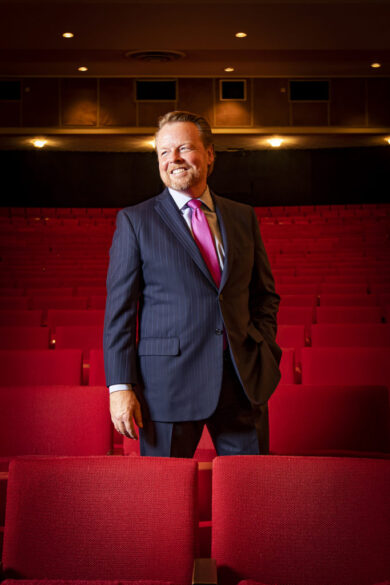 “I think overall, it’s been 25 years of listening, collaborating, establishing mutual self-interest, enabling really talented people to do their work and bring people together for a common cause,” Shanley said.
“I think overall, it’s been 25 years of listening, collaborating, establishing mutual self-interest, enabling really talented people to do their work and bring people together for a common cause,” Shanley said.
For instance, “A lot of people from the outside would never have known this, but the Broward Performing Arts Foundation and the Performing Arts Center Authority were sort of estranged in a way,” he said in an interview earlier this month about when he arrived in 1999.
Citing the subsequent massive renovation of the Parker Playhouse with community support as another example, he said, “It’s about the relationships we built, the profile we gave to art, the importance we placed on buildings like the Broward Center and the Parker, and how people understood that.”
It’s an evolution he’s proud of helping foster, he said.
“You look at the Encore (the $60 million fund-raising) campaign, you’d be tempted to say, like, what did Kelley do? Well, he built stuff and he expanded stuff. He had a couple of capital campaigns,” Shanley joked, flattening his impact.
“But the byproducts of those campaigns are the things that happened among people that are now strengths for the organization and the institution moving forward. The foundation and PACs are working jointly together all the time. I think on the outside, it’s like, oh, well, that sounds a little boring. (But) there’s a real alignment of interest and goals, and that’s really significant.”
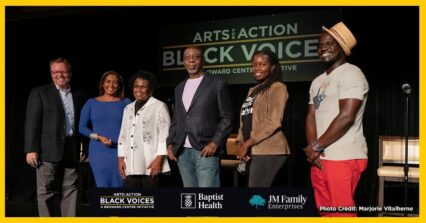 As yet a further example of the process, he cites the Arts for Action: Black Voices initiative using the arts as a catalyst to heighten awareness, deepen knowledge, create connections and elevate the voices of Black creatives in South Florida.
As yet a further example of the process, he cites the Arts for Action: Black Voices initiative using the arts as a catalyst to heighten awareness, deepen knowledge, create connections and elevate the voices of Black creatives in South Florida.
Shanley adds that it’s “a great example of something that may not have happened seven or eight years ago, but is also an example of where you sort of create the program, which gives you a reason to go out and get funding to advance these ideas. And then the funding gives you a reason to sit down with people and say, what can we accomplish with this, that collaborative effort, which has the resources it needs to actually go somewhere? And then the process of building out those programs and having events. And doing all those things creates relationship.”
Juliet Roulhac, Florida Power & Light’s director for corporate external affairs, cited Shanley’s passion for creative arts balanced with “being astute in the business environment to be able to allow him to bring both together.”
Impossible to ignore is the growth. When he first came, the center was basically the three major venues: the Au-Rene, the Amaturo and the infrequently used Abdo New River Room.
But in more recent years, most obvious, with the Broward Performing Arts Foundation and public partners, he spearheaded the 2015 completion of the $60 million Encore! that made the center a state-of-the art facility.
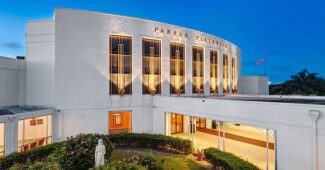 The other is the $30 million overhaul and expansion of the venerable Parker Playhouse in serious need of renovation and update.
The other is the $30 million overhaul and expansion of the venerable Parker Playhouse in serious need of renovation and update.
Among a dozen other highlights, the center added new performances and performers such as working with staff to bring in Slow Burn Theatre Co. as a resident. Or including sensory-inclusive programs, even adding hospitality spaces such as the Huizenga Pavilion, Marti’s New River Bistro and the Rose Miniaci Arts Education Center. The premium customer Spirit Club Level has larger seats, food and drinks included, and televisions to watch either the performance or some sporting event.
Acknowledge how the center amped up melding educational programs bringing in tens of thousands of students into the auditorium seats, even providing teaching artists working with teachers on integrating into the classroom.
The expansion resulted in an increase of more than 110,000 annual visits and $14 million in additional revenue each year since completion. Today, the center hosts more than 700 performances each year for more than 700,000 guests.
He also championed expanding and refining a management program among various venues that shares expertise, staffing and resources.
Now, with 130 full-time and about 500 part-time staffers, the total operation generates $60 million a year in revenues, which drives 90 percent of the center’s operating budget.
Shanley’s work has been recognized with a wall-covering array of tributes including the Carbonell Awards’ highest honor in 2020, the George Abbott Award for Outstanding Achievement in the Arts. But also Downtowner of the Year by the Downtown Council, plus recognition from the South Florida Business Journal, Leadership Broward Foundation, and the adjacent Riverwalk in Fort Lauderdale.
The center itself received a 2020 nomination for Theater of the Decade from industry publication Pollstar, a recognition whose criteria encompasses talent booking, promotion, production values and staff.
Shanley’s future was created in western New York when his imagination was entranced by theater upon seeing his high school’s production of My Fair Lady. He earned a communications degree from the State University of New York at Geneseo.
This specific path began on the ground as assistant general manager at the Lowell Memorial Auditorium in Massachusetts, and then in South Florida as general manager of the Coral Springs Center for the Arts.
Shanley’s wife, Sarah, who connected with Mark Nerenhausen, then CEO of the Broward Center, pressed the two to meet. In 1999, Shanley became the eight-year-old center’s executive vice president and general manager of an operation already gaining a national notice.
Among his early duties was overseeing “the affiliate program” to develop shared resources and visions as a management steward for Aventura Arts & Cultural Center and the Rose and Alfred Miniaci Performing Arts Center at Nova Southeastern University and the Parker. That list expanded under his watch to the Miramar Cultural Arts Center Arts Park and the Charles F. Dodge City Center in Pembroke Pines.
Shanley was promoted to succeed Nerenhausen as president and CEO in January 2009. He joined a roster of organizations such as the executive committee of the Broward Workshop.
Looking back. Shanley says, “So I think there’s a lot of Mark’s imprint that is reflected in mine. And a lot of continuation of his attitude toward collaboration. But there’s also a lot that’s about a willingness to take some risks, to explore new areas and build on partnerships that I think a lot of it was building on. What I learned then that I thought had value that makes sense, was worth carrying forward.”
“I’ve always encouraged our team to look beyond the walls, to explore beyond the boundaries,” Shanley added. This was crucial when dealing with COVID when the center had to imaginatively scramble on every front to survive, down to producing open air events in the back parking lot of the building.
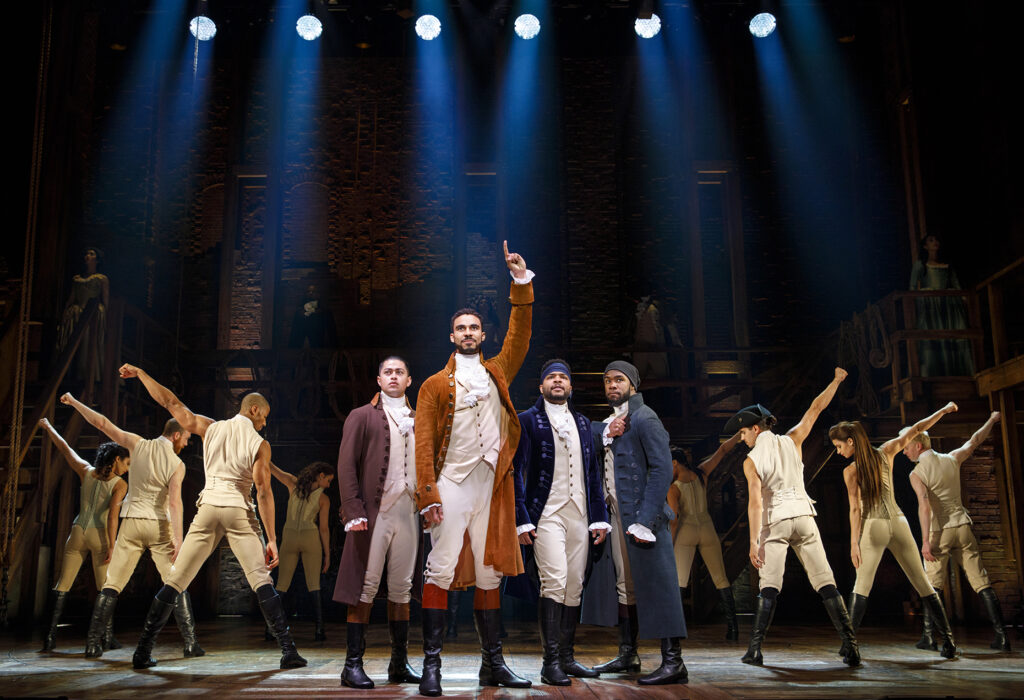 He had considered leaving a few years ago with the ribbon cutting of the expanded Parker and the bringing Hamilton to the local stage.
He had considered leaving a few years ago with the ribbon cutting of the expanded Parker and the bringing Hamilton to the local stage.
“At the ten-year point in your tenure, you should really just take stock. Are you still effective? Is this still working for you? Is it working for the organization? Because I think, man, they could probably use an injection of some new perspective and leadership there.”
But the operation was still seeking a post COVID stability. “The realization was that I want to get the organization back on its feet post-pandemic…. And I think it’s always that challenge of when things are going well, you don’t want to leave, but when things are going bad, you can’t. Things are really on solid ground now. And it feels like the time when, for the benefit of the organization, what’s next can really be influenced by the new CEO.”
For all the growth, recent years have been a challenge, especially COVID’s devastating affect on live presentations requiring customers in seats, artists on stage and staffers in offices.
“I feel like for most people in this industry our confidence about what the future looks like has grown weaker and weaker,” he said. “Since COVID, really so much changed during that time in terms of people’s habits and the economy. Now, what’s really encouraging is the year that we’ve just been through for performing art centers and for many art forms” with attendance slowly returning.
“Now, again, that doesn’t apply everywhere for regional theater companies across the country are still having some challenges. Some of the traditional art forms, opera and ballet, depending on what they’re doing and which city you look at, are still kind of scraping their way back up, but that’s reflective of the age of their core audiences and that kind of thing, and they’re still continually doing better.”
While a competing source for the audience is growing from online sources, Shanley is optimistic.
“I think it sort of confirms the notion that despite all of the risks we learned about during COVID there is something in human DNA that compels us to have a shared experience around the performing arts. And I think that’s never going to go away…. Right as far back as you look for human existence, we’ve had at least an interest in art and the performing arts. And whether it’s gathering around a fire back in the day and dancing around it…and it’s the way we share things together, and it’s the excitement of a live performance. And none of that is replicable as much in the virtual world, in the digital world, there’s not a good substitute.”
He presses the concept: “We’ve been looking at things like all of these immersive experiences that are emerging, and I think there’s some future there, but it’s hard to tell exactly what it is. I think there will be new ways of wanting to experience live art forms, and I think we’ve always got to be on board with wherever those things are going.”
For his own future, Shanley has formally retired this past week from the Broward Center with no rock-hard plans, least of all managing another cultural center. He will stay unofficially for three weeks to further help his successor, Ty Sutton, who has held the same post at Dayton Live in Ohio.
He’ll do “some planning for the next six months, to just take some time to gear down and take a look around, do a little traveling, and then see if there’s something interesting next for me.”
“People think I’ve got some secret thing I’m doing I haven’t told anybody yet. And the thing I find myself saying to some people is, yeah, look, I know that whatever I do next is going to be amazing, but it might only be amazing to me because there’s a lot of things I’d like to try. I think my list of possibilities ranges from like, I want to go back and take a photography class to some actual full-time opportunities that are coming my way, which there’s something that lies between CEO and man of leisure, which is where I’m going to.”
As he leaves, another line on the joint achievement list is a more solid future for the center and for arts locally.
“I do feel that what’s here now is an enduring institution. It’s got great strength. We built out a broad base of support. We told our story through that process to the community about not just the importance of the Broward Center, but the importance of the arts to this community. So in the process of trying to raise money and do important things with the physical structure, we built support in general for the arts, and we built a larger sphere of support and interest in the Broward Center as well.”
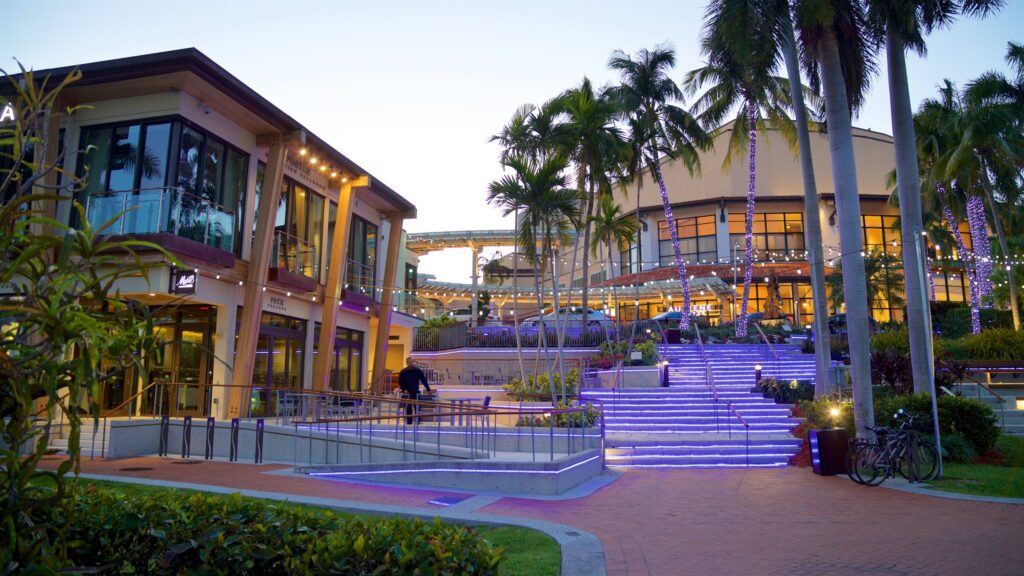
For a story from the center about the new CEO Ty Sutton, go to https://www.browardcenter.org/news/detail/broward-center-names-new-president-and-ceo









 A PaperStreet Web Design
A PaperStreet Web Design
